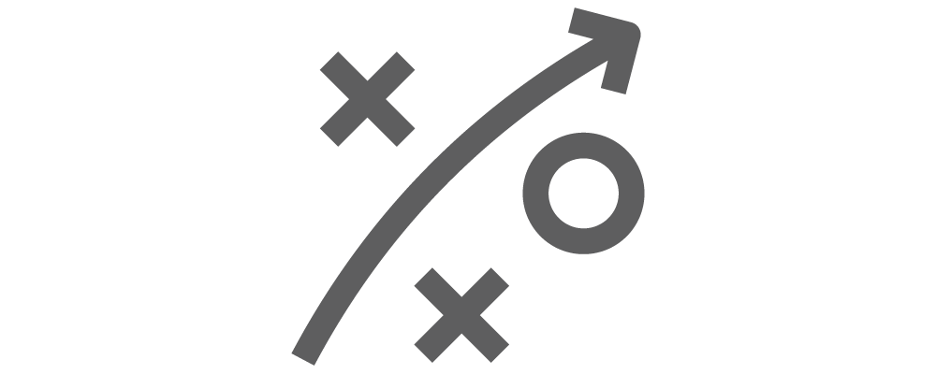Latest update: August 28, 2024 - 5 min read
Attempting to manipulate Google rankings through methods other than enhancing webpage quality or user engagement is commonly referred to as a seo manipulation or “trick.” What’s deemed a “trick” by Google often aligns with standard practices among new webmasters. However, advice from SEO consultants or online sources, once effective, may now be outdated. Consequently, many unknowingly employ these outdated tactics.
What is SEO Manipulation?
SEO manipulation involves using black hat SEO tactics to artificially boost a website’s ranking in search engine results. This includes practices like keyword stuffing, cloaking, link manipulation, hidden text or links, doorway pages, and duplicate content. These tactics violate search engine guidelines and can lead to penalties. It’s crucial to focus on creating quality content and using withe hat SEO practices for sustainable search engine success.
Guiding Users Within Google’s Webmaster Guidelines
The objective of this website is to aid users in adhering to Google’s webmaster guidelines. While I aimed for a clean website following these guidelines, I avoided what’s typically advised by SEO experts. Surprisingly, despite sidestepping these conventional tactics, the website ranks well for searches like “Google webmaster guidelines.”
Strategic Decisions in Accordance with Google’s Guidelines
EMD Domain Name
While conventional wisdom suggests including keywords in the domain name, mine, “www.feedthebot.com,” lacks any keywords deliberately. I eschewed domain names like “googleguidelines.com” due to trademark concerns and opted for “feedthebot” for its memorability, prioritizing user experience over search engine optimization.
Keyword Stuffing
Rather than catering content to search engine algorithms, I focused on user-centric writing. I didn’t alter the content to include keywords simply because search engines favored them. Instead, I prioritized clarity and usefulness for readers, believing that quality content naturally attracts attention and recommendations.
Navigating the Shift from SEO Manipulation to Quality Content
These decisions might seem like SEO manipulation to some, but they align with Google’s emphasis on quality content over search engine manipulation. Google values websites focused on user experience rather than those employing shortcuts or tricks.
Adapting to Google’s Algorithm Evolution
The evolution of search engine algorithms inevitably renders manipulative tactics obsolete. Google consistently updates its algorithms to identify and penalize such tactics, emphasizing adherence to its webmaster guidelines.

Why SEO Manipulation Tactics Stop Working?
Each time a manipulative SEO technique emerges, it follows a predictable cycle:
- Discovery: Someone finds a method that boosts their Google search rankings;
- Adoption: Others observe and implement the same technique on their websites;
- Devaluation: Google detects and devalues the effectiveness of the technique, rendering it ineffective;
- Penalty: Websites employing the technique face filters and penalties, marking them as users of manipulative tactics;
- Iteration: The cycle repeats as new manipulative techniques are discovered.
This pattern persists with every introduction of a manipulative technique on the web, though some may evade detection for longer periods before being identified.
Embrace Google’s Guidance
SEO manipulation and detract from creating quality content for users. Google observes that websites focusing on search engine manipulation tend to be less relevant than those emphasizing content creation. To discern if a practice is a trick, consider if you’d do it without search engines’ influence.
For reliable guidance, refer directly to Google’s webmaster guidelines, as they provide the best insight into optimizing your website for search.


